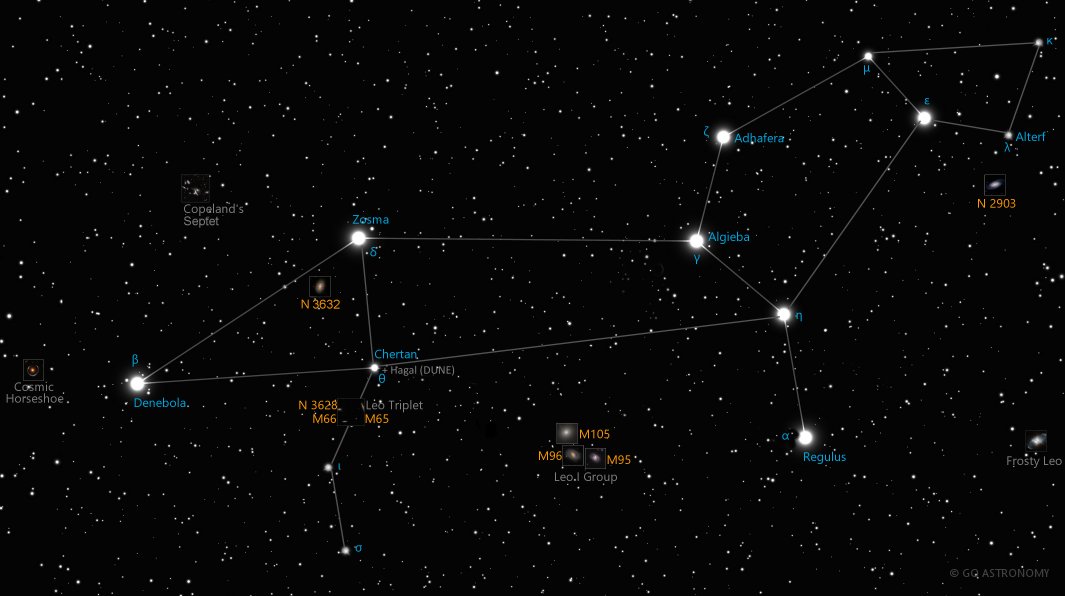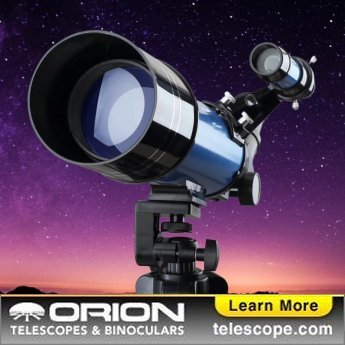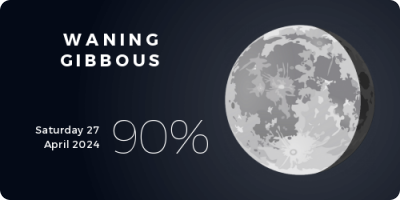Leo, the Lion (Leo)
(LEE-oh)
The Northern constellation of Leo, the Lion, is best viewed in Spring during the month of April.
Leo is the 12th largest constellation. It's brightest star is Regulus at magnitude 1.35. The boundary of the Leo constellation contains 19 stars that host known exoplanets.
Wolf-359 is the 5th closest star to Earth at 7.86 light years.
- Pronunciation:
- LEE-oh
- Meaning:
- Lion
- Genitive:
- Leonis
- Abbreviation:
- Leo
- Asterism:
- Sickle
- Constellation Family:
- Zodiacal
- Hemisphere:
- Northern
- Quadrant:
- NQ2
- Visibility:
- 90° N - 65° S
- Best viewing month*:
- April
- Area:
- 947 sq. degrees
- Size:
- 12th largest
- Right Ascension (avg):
- 10h 0m
- Declination (avg):
- 14°
- Meteor showers:
- Leonids
- Brightest star:
- Regulus (1.35)
- Stars with planets:
- 19
Brightest Stars in Leo
The 10 brightest stars in the constellation Leo by magnitude.
- Star
- Magnitude
- Spectral class
- Alpha Leonis (α Leo)
- 1.36
- B7V
- Beta Leonis (β Leo)
- 2.14
- A3Vvar
- Gamma Leonis (γ1 Leo)
- 2.37
- K0III
- Delta Leonis (δ Leo)
- 2.56
- A4V
- Epsilon Leonis (ε Leo)
- 2.97
- G0II
- Theta Leonis (θ Leo)
- 3.33
- A2V
- Zeta Leonis (ζ Leo)
- 3.43
- F0III
- Eta Leonis (η Leo)
- 3.48
- A0Ib
- Omicron Leonis (ο Leo A)
- 3.52
- A5V+
- Omicron Leonis (ο Leo B)
- 3.7
Double Stars in Leo
These are the brightest and easiest-to-find double, triple, and quadruple star systems in the constellation Leo. Also see all star clusters.
- Star system
- Magnitudes
- Type
- Alpha Leonis
- 1.4, 8.2
- double
- Gamma Leonis
- 2.4, 3.6
- double
- 54 Leonis
- 4.5, 6.3
- double
Nebulae in Leo
Notable and easy-to-find nebulae in the constellation Leo. Also see all nebulae.
Galaxies in Leo
The most notable galaxies in the constellation Leo. Also see all galaxies.
- Name
- Alt name
- Type
- Copeland Septet
- galaxy group
- Leo III
- irregular
- Leo I
- dwarf
- Leo II
- dwarf
- Arp 87
- galaxy pair
- Caldwell 40
- C40
- spiral
- Cosmic Horseshoe
- galaxy pair
- Hamburger Galaxy
- spiral
- Messier 105
- M105
- elliptical
- Messier 65
- M65
- spiral
- Messier 66
- M66
- spiral
- Messier 95
- M95
- spiral
- Messier 96
- M96
- spiral
- NGC 3384
- elliptical
Milky Way Satellites in Leo
Dwarf satellite galaxies that orbit the Milky Way Galaxy located in the constellation Leo. Also see all Milky Way satellite galaxies.
- Galaxy name
- Alt name
- Magnitude
- Leo I
- 11.2
- Leo II
- 12.6
- Leo IV
- Leo T
- Leo V
- Segue 1
Neutron Stars in Leo
These are the most well-known neutron stars in the constellation Leo. Although neutron stars cannot be seen in any amateur telescope, they are at the center of many supernova remnant nebulae, which can be seen. Also see all neutron stars.
The Celestial Lion
Leo is a prominent constellation of the zodiac, historically significant and easily recognizable. Its main stars form a shape reminiscent of a crouching lion, adding to its allure and its unmistakable presence in the night sky.
Historical Overview
Leo is one of the oldest constellations, with a history stretching back to ancient civilizations. The constellation represents the Nemean lion, a beast killed by Hercules in Greek mythology as one of his twelve labors. Leo is also one of the 12 constellations of the zodiac, which means it lies on the plane of the ecliptic and is regularly traversed by the sun, moon, and planets.
Location and Main Features
Leo is located in the second quadrant of the northern hemisphere (NQ2) and can be seen at latitudes between +90? and -65?. Its right ascension is 11 hours and its declination is +15 degrees. The constellation is rather large, ranking 12th in size among the 88 constellations, covering an area of 947 square degrees.
Major Stars
Leo's most recognizable feature is the so-called Sickle, a backward question mark pattern that forms the head of the lion. At the base of the Sickle, you'll find Regulus, the brightest star in Leo. Regulus, also known as Alpha Leonis, is a multiple star system with an apparent magnitude of 1.35, making it one of the brightest stars in the sky. It is approximately 79 light-years away from Earth.
The second brightest star in Leo, Denebola, is located at the opposite end of the constellation, representing the tail of the lion. Denebola is a blue-white main sequence star, approximately 36 light-years from Earth.
Deep Sky Objects
Leo also houses several interesting deep-sky objects, most notably a collection of galaxies. The Leo Triplet, also known as the M66 Group, is a small group of galaxies about 35 million light-years away. It includes three large spiral galaxies: Messier 65, Messier 66, and NGC 3628.
In addition, Leo contains several other notable galaxies, including the elliptical galaxy Messier 105 and the spiral galaxies Messier 95 and Messier 96.
Observation
Leo is best observed in the spring in the northern hemisphere. Around April, it reaches its highest point in the sky in the evening. Even though many of its stars are relatively bright, viewing its deep-sky objects, such as its galaxies, requires a telescope and a location with minimal light pollution.
Leo in Modern Astronomy
Leo has been used as a celestial reference point throughout history, and it continues to be a significant constellation in modern astronomy. It is used by astronomers to locate other stars and galaxies, and it is also a key constellation in astrological systems. The study of its galaxies, such as the Leo Triplet, provides astronomers with valuable insights into the formation and evolution of galaxies.
* Constellation shown for northen hemisphere skies. For the southern hemisphere, constellations appear rotated 180 degrees (upside-down and left-right reversed) from what is shown. Remember that seasons are reversed too - summer in northern latitudes is winter in southern latitudes.
** Circumpolar constellations are visible year-round in the hemisphere listed (and not at all in the opposite hemisphere).





